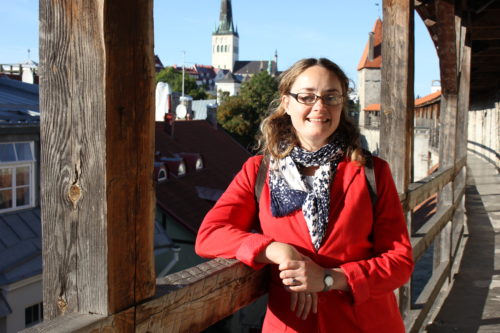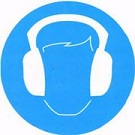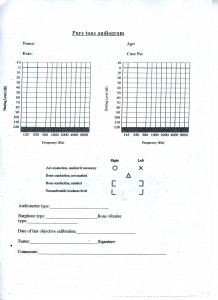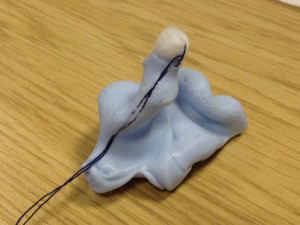The HSE indicates there is variation in practice and standard across practitioners in Hearing Surveillance Programmes. Does your occupational health worker attend a British Society of Audiology accredited course?
Tracy James MSc
The Health and Safety Executive (2013) carried out visits and questionnaires across a range of health surveillance programmes across the UK so that current practices across teams and individuals could be evaluated. Their key findings included that there was variation in practice across practitioners and health surveillance programmes. In particular, they noted that:
‘….some practitioners probably did not adopt sufficient measures to exclude the effects of prior exposure to noise and background noise when the test was being conducted’
…and with regards to training competency they noted:
‘If practitioners had undergone appropriate training there is an assumption that they would be competent to undertake otoscopy, but it was found that otoscopy was not always carried out before testing’
HSE (2013). Current Practice in Health Surveillance for Noise, pp iii
The Health and Safety Executive (HSE) outlines clearly what is required with regards to a health and surveillance programme under the Guidance on Regulations ‘Controlling Noise at Work’ 2005. In Appendix 5 it reports that a training syllabus for industrial audiometricians has been prepared by the British Society of Audiology (BSA) which has accredited a number of courses. The document is available at http://www.thebsa.org.uk/wp-content/uploads/2014/04/industrialaudiometricianstrainingguidelines2008.pdf
Why choose a BSA accredited course? In order to be accredited, the provider has submitted the course content and assessment material to experts in the field to ensure that the training is accurate and according the recommended procedures published by the BSA. It also ensures that the minimum training guidelines are fulfilled and that the trainer has a suitable background knowledge/qualifications for providing the training. A representative of the BSA will also visit the course provider during their training programme. In order to remain accredited, course providers are required to resubmit their training material every 3 years to ensure the course is up to date.
BSA industrial audiometry courses are designed to enable occupational health workers to:
- Undertake a brief subject interview and/or administer a questionnaire regarding otological and noise history
- Perform otoscopy and pure-tone a-c threshold audiometry without masking, both in accordance with BSA recommended procedures. Audiometry may be manual or automated
- Interpret results and classify them in accordance with HSE guidelines
- Relay information to subjects and, with consent, to the employer or other person with overall responsibility for that particular hearing test program.
- Make appropriate 3rd party referrals
BSA (2008)
Has your occupational health worker completed a BSA accredited course in industrial audiometry? When you scroll online you can see many courses that quote their course is ‘BSA approved’ or ‘based on’ BSA guidelines or ‘follows’ BSA recommended procedures – but they’re not actually accredited! The BSA lists the accredited courses available nationally on http://www.thebsa.org.uk/wp-content/uploads/2015/03/2015.04.01-Accredited-Course-Providers-List.pdf or you can check your course is accredited by contacting bsa@thebsa.org.uk.
A BSA accredited course may the key to enable consistency in training and competency levels across practitioners within a hearing surveillance programme. Choose your course and make sure it is accredited. The BSA (2008) recommends that the occupational health worker attends a refresher course in industrial audiometry every 3 years.
References
HSE (2013). Current Practice in Health Surveillance in Noise.
HSE (2005). Controlling Noise at Work. Guidance on Regulations
BSA 2008. Guidelines on the Training of Industrial Audiometricians.
Tracy James MSc is a Clinical Scientist and director of TJ Audiology Services, an Audiology Training Service. The next BSA accredited course in Industrial Audiometry is at PC Werth Headquarters, London on 18TH April 2016 and in-house or tailor-made course are available. See www.tjaudiology.com or email tjaudiology@outlook.com for details and booking.







